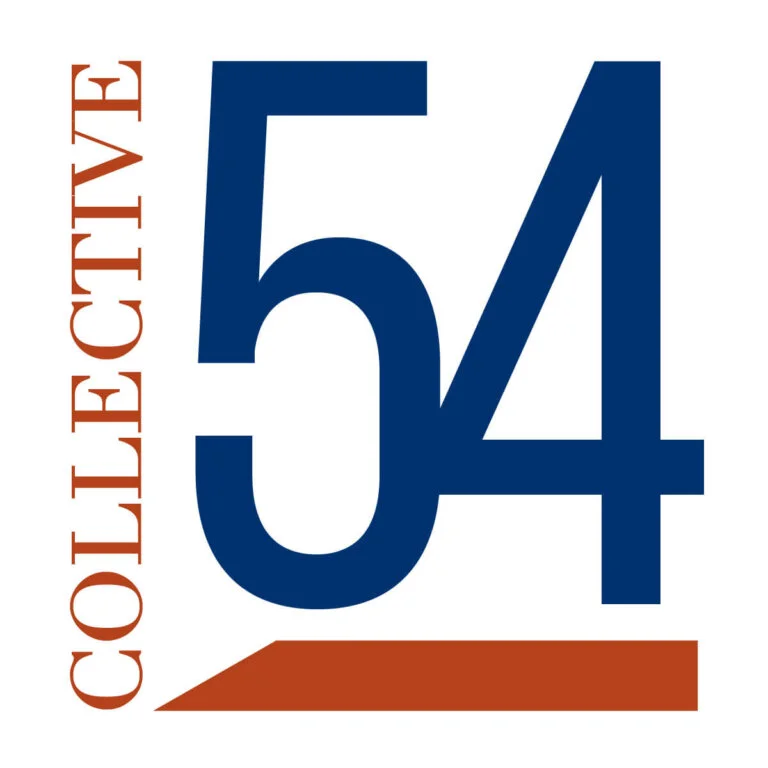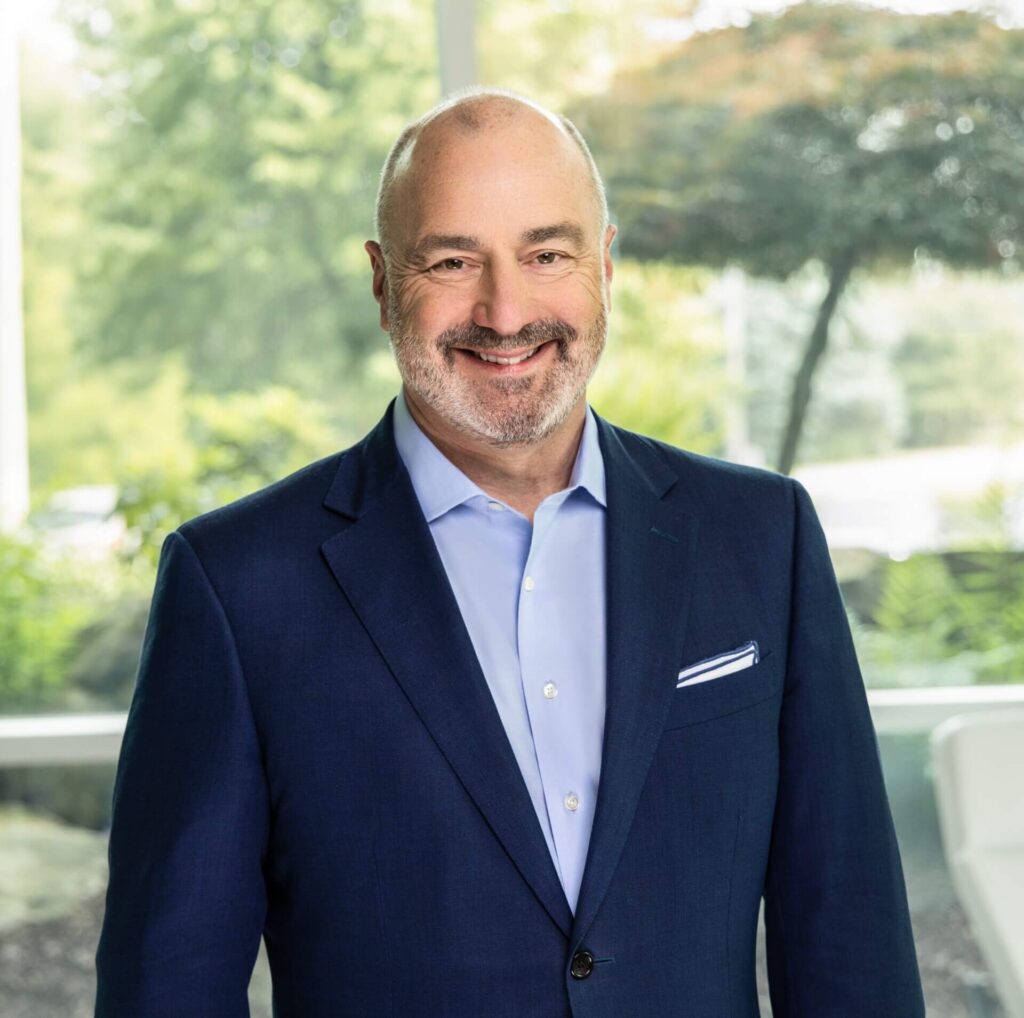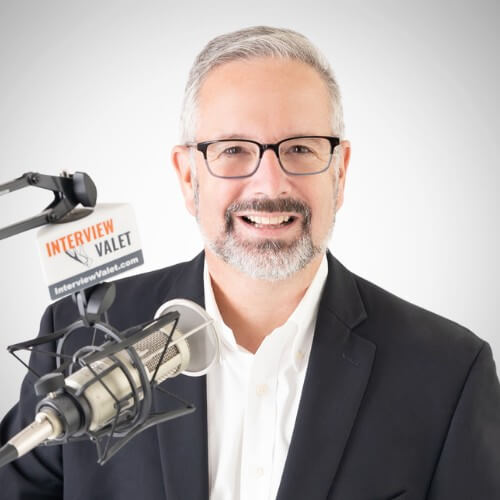As You Seek Success in the Long Game, Gain Confidence from the Small Signs of Progress
When Greg Alexander asked me to be one of many irregular bloggers for the Collective 54 community, I embraced my role as the entrepreneur in a smaller company. Most notably, that is where I believe I fit within our community – one of the CEOs with fewer than 20 employees, knowing that the transition from CEO to Founder is necessary but not quite as easy as it seems for other C54 quarterbacks with broader and deeper benches behind them.








